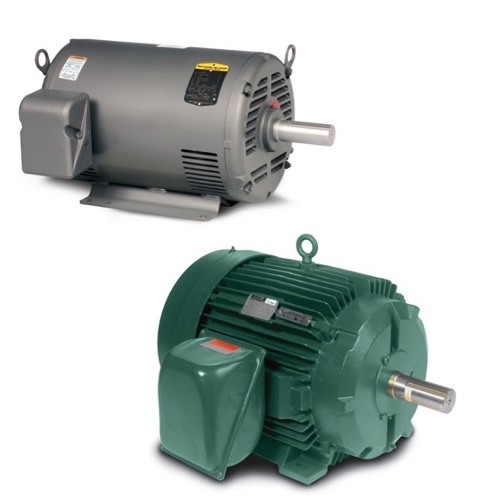Variable Speed Motors

Variable speed motors with capabilities for power at variable frequencies deliver constant torque at differing speeds, which makes them perfect for applications that demand both power and precision. Their ability to maintain efficiency across a seriously broad range of load conditions leads to significant energy savings and lower operating costs. And they meet full compliance with all the industry standards you might care about, including traditional NEMA and IEC designs, which ensures that they'll be compatible with almost any industrial or commercial system you throw them at.
Variable speed motors improve controlling capacity, and that means they boost system efficiency and make dynamic setups much more adaptable. These motors are mostly applied in systems where you need to make an adjustment to speed, like a conveyor, a pump, or a fan, to get the kind of performance that protects life, limb, and property and also saves you money. They are built to specs that allow them to mesh perfectly with AC drive systems, which are the brain centers of modern motorized automation. They come in all kinds of shapes and sizes, powertrains and price points, and they hit that kind of sweet spot that makes them pay off in the long term as productivity enhancers and cost reducers.
FAQs
Can a single phase variable speed motor provide enough variable speed control to power low speed tools?
Yes, a single-phase variable speed motor can provide sufficient variable speed control to power low-speed tools.
Are variable speed motors specifically designed to provide variable frequency power operation over an entire operating speed range while still providing energy efficiency?
Yes, variable speed motors are specifically designed to provide variable frequency power operation over the entire operating speed range while maintaining energy efficiency and delivering constant torque for optimized performance.
Motor Starters, Soft Starters and VFDs
Motor Starters
Motor starters safely start and stop a motor in industrial applications. They are designed with a contactor, overload and circuit protection. They are used when basic motor control is required, where torque on the motor is not a concern and speed control is not needed. The advantages of motor starters include: lower cost, allows for remote operation, allows for monitoring of motor state (with the use of auxiliary contacts) and they are safe and efficient. The disadvantages include: high inrush current that can cause fuses to blow and breakers to trip if the inrush is too high, and the starter will allow a full torque to start the motor which can cause the motor to ramp up to full speed very quickly potentially causing the motor to wear and degrade prematurely.
Soft Starters
Soft starters protect motors from inrush current by gently ramping up the motor to full speed. They provide all of the same functions as a traditional motor starter. The advantages of soft starters include: they are less expensive than a VFD when only startup control is needed, they are a smaller system than a VFD where space is a concern and they prevent unwanted torque upon startup, prolonging the life of the motor. The disadvantages include: they are more expensive than a traditional motor starter and they do not allow for full speed control.
VFDs
A Variable Frequency Drive (VFD) allows for the slow ramp up of a motor during startup and the slowing down of the motor during shutdown. It also allows for full speed control during the entire run cycle of the motor. VFDs provide the same functions as both the traditional motor starters and soft starters. The advantages of VFDs include: full speed control (start, stop and in-between), more custom control and monitoring, energy savings due to efficient motor usage and less wear and tear on the motors. The disadvantages include: they are more expensive and larger than other motor control options and they generate heat that may require fans or AC units.

